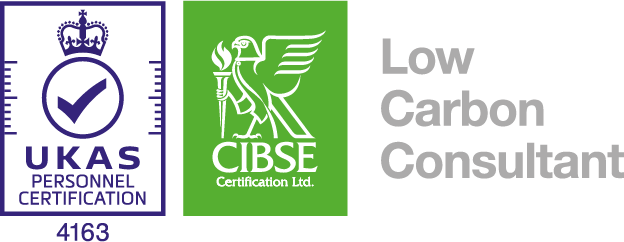Making some noise!

Susie was invited to speak at an event organised by the Association of Noise Consultants (ANC) on 27th November where they launched their new Approved Document O Noise Guide. “The guide sets out a method to demonstrate compliance to the Building Control Body of the noise constraints in Approved Document O. It provides clarity for […]
Read More- Posted by
 Susie Diamond
Susie Diamond - Posted in Events, Overheating, Publications, Susie Diamond
 Dec, 04, 2024
Dec, 04, 2024 Comments Off on Making some noise!
Comments Off on Making some noise!
Visit to Energy House 2.0

I was excited to be invited to visit the Energy House 2.0 facility at the University of Salford at the end of September. https://energyhouselabs.salford.ac.uk/ This is one of the largest building test facilities in the world, with 2 large open spaces, big enough to incorporate 4 full sized family homes for testing and monitoring purposes. […]
- Posted by
 Susie Diamond
Susie Diamond - Posted in Overheating, Research, Susie Diamond
 Oct, 08, 2024
Oct, 08, 2024 Comments Off on Visit to Energy House 2.0
Comments Off on Visit to Energy House 2.0
Site visit to Cambridge Mosque

Last week I (Susie) had the opportunity to visit the very beautiful and RIBA award-winning Cambridge Central Mosque, which was completed in 2019. I visited with the design team appointed to work on a new mosque in Havering, East London that is drawing inspiration from Cambridge, albeit on a more modest budget. We were lucky […]
Read More- Posted by
 Susie Diamond
Susie Diamond - Posted in Overheating, Research, Susie Diamond
 Sep, 18, 2024
Sep, 18, 2024 Comments Off on Site visit to Cambridge Mosque
Comments Off on Site visit to Cambridge Mosque
An issue with g-values
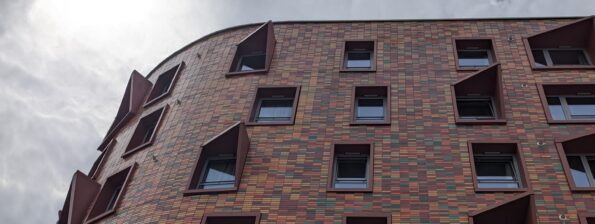
Inkling have recently become aware of a growing trend for specifying the g-value (solar transmittance) of glazing for windows as whole window values, which include the shading effect of the frame, rather than centre pane values where the solar control is purely a property of the glazing. We don’t think it is well understood within […]
Read More- Posted by
 Susie Diamond
Susie Diamond - Posted in Overheating, Research, Values
 Sep, 02, 2024
Sep, 02, 2024 Comments Off on An issue with g-values
Comments Off on An issue with g-values
Nerd alert! Do the automation
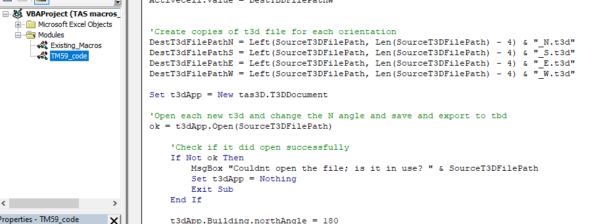
Automation opens up huge potential to make modelling software work harder so that I can focus my attention on the tasks that need a human brain – getting the initial model creation right, and interpreting the results.
- Posted by
 Susie Diamond
Susie Diamond - Posted in Overheating, Research, Susie Diamond, Training
 Feb, 10, 2023
Feb, 10, 2023 Comments Off on Nerd alert! Do the automation
Comments Off on Nerd alert! Do the automation
Part O – the Inkling appraisal – Part 4 (modelling advice)
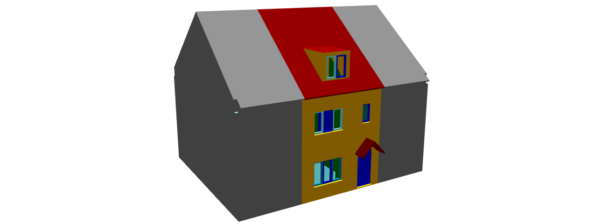
Susie recently collaborated with Ben Abel and Jack Harvie-Clark for a recent CIBSE Building Simulation Group event for modellers tackling Part O assessments using the Dynamic Thermal Modelling approach. We wanted to put our heads together and give advice on what we think are the trickiest and/or most confusing parts of the analysis as we […]
Read More- Posted by
 Susie Diamond
Susie Diamond - Posted in CIBSE, Overheating, Research, Susie Diamond
 Nov, 18, 2022
Nov, 18, 2022 Comments Off on Part O – the Inkling appraisal – Part 4 (modelling advice)
Comments Off on Part O – the Inkling appraisal – Part 4 (modelling advice)
Part O – the Inkling appraisal – Part 3
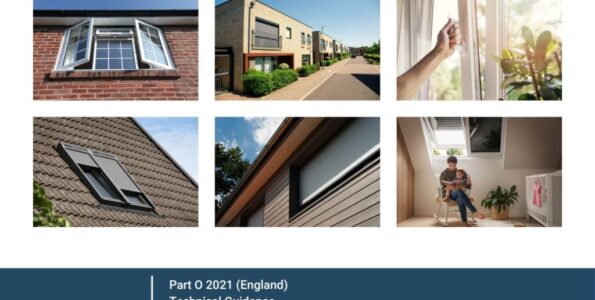
Part O of the Building Regulations (England) came into force in June 2022. Susie Diamond shares her thoughts on the subject with a 3rd instalment. A lot of my concerns regarding the complexity of the Approved Document including the ‘simplified method’ and ensuring that all the fiddly requirements are met pre-planning to avoid costly redesign […]
Read More- Posted by
 Susie Diamond
Susie Diamond - Posted in Overheating, Publications, Research, Susie Diamond
 Jul, 25, 2022
Jul, 25, 2022 Comments Off on Part O – the Inkling appraisal – Part 3
Comments Off on Part O – the Inkling appraisal – Part 3
Part O – the Inkling appraisal – Part 2
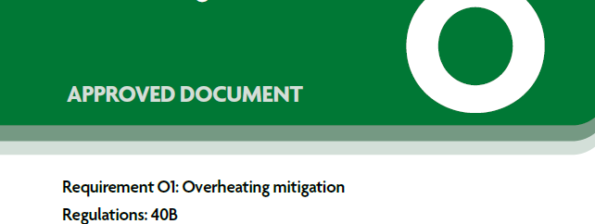
This blog follows on from one published in February that you can read here: https://inklingllp.com/2022/02/15/part-o-the-inkling-appraisal/ The new Part O of the Building Regulations comes into force in under 3 months. DLUHC are adamant that these tough new criteria will be beneficial for reducing overheating risk across all new homes built under them. I have been working […]
Read More- Posted by
 Susie Diamond
Susie Diamond - Posted in Overheating, Research, Susie Diamond
 Mar, 29, 2022
Mar, 29, 2022 Comments Off on Part O – the Inkling appraisal – Part 2
Comments Off on Part O – the Inkling appraisal – Part 2
New Building Regulation: Part O – the Inkling appraisal

In December 2021 the Department for Levelling Up, Housing and Communities (formally known as MHCLG) published updates to the building regulations which will come into force in June this year. Changes to Part F and Part L have pulled most of the focus in the press and on social media, but this post is about […]
- Posted by
 Susie Diamond
Susie Diamond - Posted in Overheating, Publications, Research, Susie Diamond
 Feb, 15, 2022
Feb, 15, 2022 Comments Off on New Building Regulation: Part O – the Inkling appraisal
Comments Off on New Building Regulation: Part O – the Inkling appraisal
Inkling research featured in CIBSE journal
Our collaborative Carter Bronze medal-winning research paper ‘Predictions of summertime overheating: comparison of dynamic thermal models and measurements in synthetically occupied test houses’ features in the September 2020 CIBSE Journal Claire and Susie worked alongside partners from Hilson Moran and Loughborough University to produce the joint research paper.
Read More- Posted by
 Claire Das Bhaumik
Claire Das Bhaumik - Posted in CIBSE, Overheating, Publications, Research
 Aug, 28, 2020
Aug, 28, 2020 Comments Off on Inkling research featured in CIBSE journal
Comments Off on Inkling research featured in CIBSE journal

 Susie: 07972 263 676
Susie: 07972 263 676
 Join Us On In.com
Join Us On In.com

